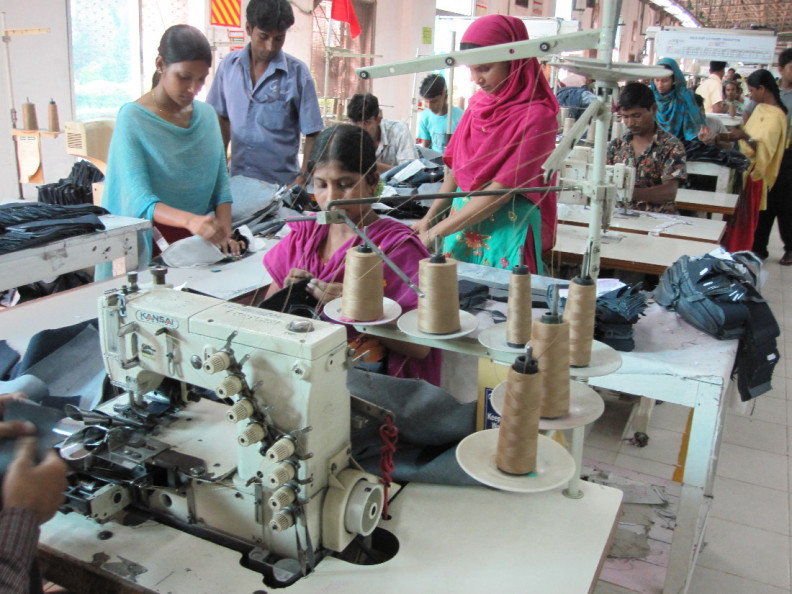In an industry where reputational risks can make or break a fashion brand, companies, for the most part, try to steer away from controversial practices that may generate backlash. (Witness Lululemon’s frantic damage control after one of its factory suppliers allegedly beat and assaulted its female workers, for instance.)
Amazon, however, appears to have fewer such compunctions. A Wall Street Journal investigation published Tuesday found that the e-tail juggernaut offers a “steady stream of clothing” from Bangladeshi factories that most leading retailers have deemed “too dangerous” to enter their supply chains.
The problem rests predominantly in Amazon’s third-party marketplace, which consists of millions of sellers—many of them anonymous—who don’t have to comply with Amazon’s own code of ethics or business conduct.
The Journal traced a yellow gingham toddler top, listed on Amazon for $4.99 by a New York City retailer, to a factory in Chittagong, Bangladesh, with no fire alarms. It does, on the other hand, have a model of door that managers can lock and keep workers behind. An 18-year-old employee told the newspaper that she spends 12-hour days sewing shirts with 300 others, and that “you’re trapped inside until the time you complete the orders.”
The Journal found other clothing items, including pants, sweaters, clerical robes and fishnet stockings, on Amazon made in Bangladeshi factories blacklisted by retailers such as Walmart, Target, Costco and Gap for refusing to fix safety problems highlighted by safety-monitoring groups, including crumbling infrastructure, faulty alarms and missing sprinklers and fire barriers.
The Accord for Building and Fire Safety in Bangladesh and the Alliance for Bangladesh Worker Safety—two groups formed by brands and retailers in the wake of the 2013 Rana Plaza building collapse, which killed, 1,137 garment workers and injured thousands more—have banned more than 300 factories in the South Asian nation altogether.
Some of the products produced by banned factories were listed for sale by Amazon directly, but two-thirds were being sold by third-party sellers using Amazon’s platform.
A spokesman told the Journal that the internet giant doesn’t inspect factories that make the clothing it buys from wholesalers, or that originates from third-party sellers. Instead, it relies on both wholesalers and sellers to “adhere to the same safety standards,” though Amazon’s agreement with third-party sellers doesn’t make those terms explicit.
“If we become aware that a product is from a factory that may not meet our supply chain standards, we will remove the product from our store,” the spokesman said.
With its aggressive private-label push in recent years, Amazon has emerged as a major force in apparel, and one other retailers are struggling to compete against in terms of price and convenience. As the Journal surmises, the retailer may even have supplanted Walmart as America’s No. 1 clothing seller.
But Amazon isn’t the only retailer guilty of selling clothing from questionable sources. A number of garments found on Amazon’s site were also listed on Walmart.com’s online marketplace, which the big box developed to keep up with Amazon’s third-party dominance. Target, too, listed on its website items from one banned factory. (Walmart told the Journal it would look into those products; Target removed its listing and declined to comment.)


